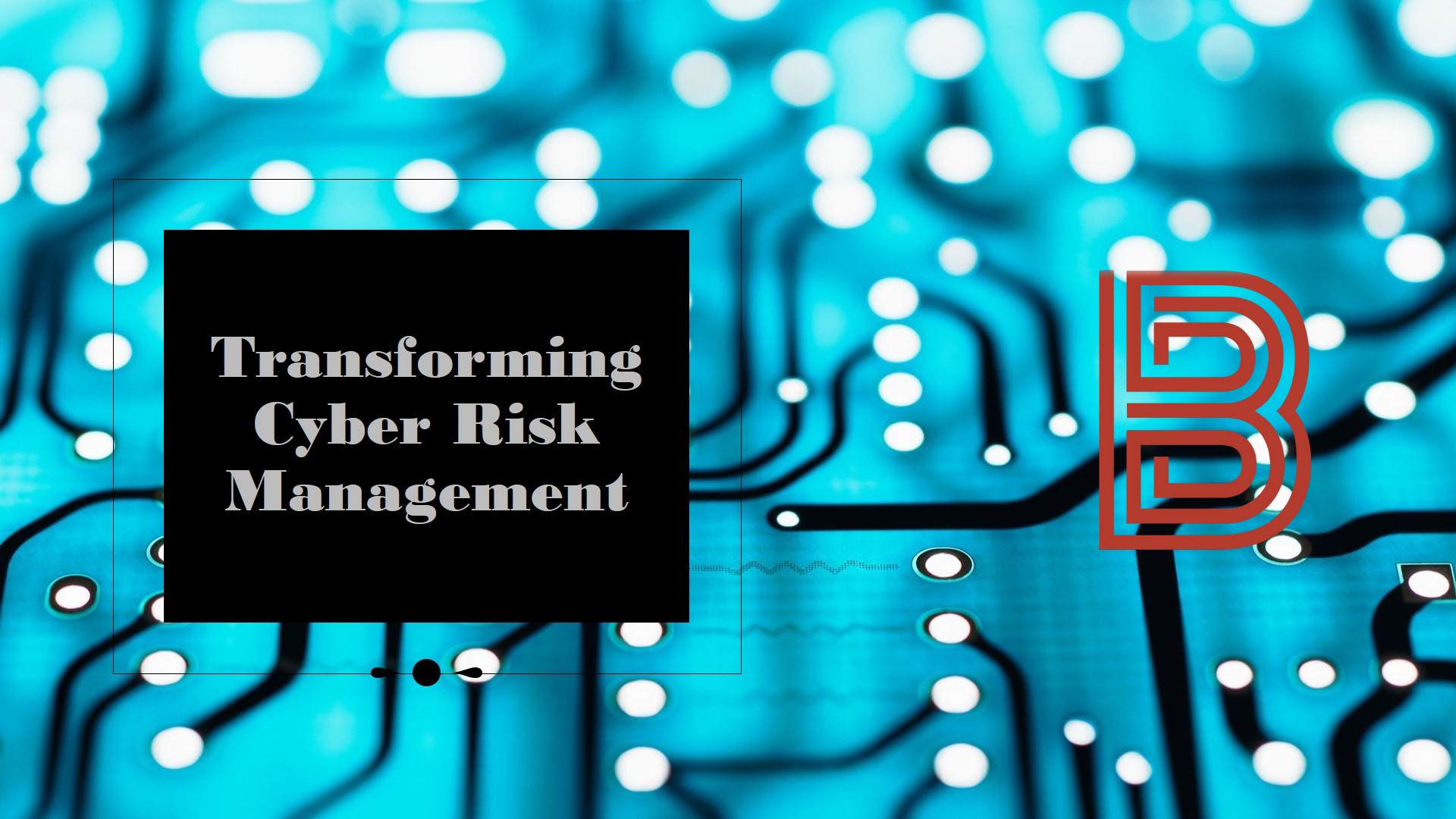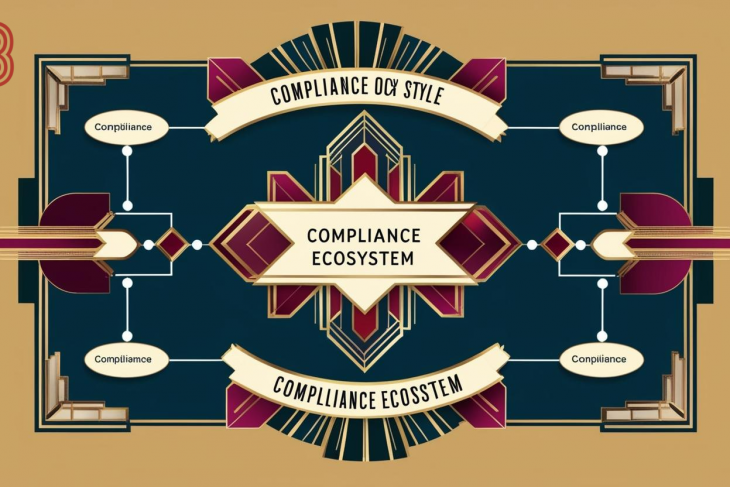
Introduction
As global economies become increasingly digital, critical infrastructure sectors—including energy, water, transportation, healthcare, and finance—are becoming prime targets for cyber threats. A successful cyberattack on these essential services can have devastating consequences, ranging from economic disruption to loss of life. Therefore, transforming cyber risk management for critical infrastructure is imperative.
This article explores the evolution of cyber risk management, the challenges faced by critical infrastructure sectors, and the innovative approaches necessary to mitigate cyber threats effectively.
Understanding Cyber Risks in Critical Infrastructure
Cyber threats targeting critical infrastructure come in various forms, including malware, ransomware, insider threats, and advanced persistent threats (APTs). These threats can disrupt operations, compromise sensitive data, and cause widespread damage.
Common Cyber Threats
Ransomware Attacks: Cybercriminals deploy malicious software to encrypt critical systems, demanding ransom payments for decryption keys.
Phishing and Social Engineering: Attackers manipulate employees to gain unauthorized access to critical systems.
Insider Threats: Employees or contractors with access to sensitive systems can intentionally or unintentionally compromise security.
Supply Chain Vulnerabilities: Third-party vendors can introduce security weaknesses if they lack robust cybersecurity measures.
Nation-State Attacks: State-sponsored actors target infrastructure for espionage, sabotage, or geopolitical leverage.
Challenges in Cyber Risk Management
Managing cyber risks in critical infrastructure is uniquely challenging due to several factors:
Legacy Systems: Many critical infrastructure organizations rely on outdated systems that lack modern security features.
Operational Technology (OT) Complexity: Unlike traditional IT networks, OT environments are designed for functionality and uptime rather than security.
Interconnectivity: Increased integration of IT and OT systems expands the attack surface for cybercriminals.
Regulatory and Compliance Pressures: Governments impose stringent cybersecurity regulations, but compliance alone does not guarantee security.
Lack of Skilled Workforce: There is a global shortage of cybersecurity professionals with expertise in protecting critical infrastructure.
High Cost of Cybersecurity Implementation: Upgrading security measures requires significant investment, which many organizations struggle to afford.
Strategies for Transforming Cyber Risk Management
1. Adopting a Zero Trust Architecture (ZTA)
A Zero Trust approach assumes that threats exist both inside and outside the network. It enforces strict identity verification and continuous monitoring.
Least Privilege Access: Users and devices receive only the permissions they need to perform their roles.
Microsegmentation: Separates critical systems into secure zones to limit lateral movement of threats.
Multi-Factor Authentication (MFA): Strengthens access controls by requiring multiple verification steps.
2. Enhancing Threat Intelligence and Information Sharing
Timely threat intelligence enables organizations to anticipate and mitigate cyber threats.
Public-Private Partnerships: Collaboration between government agencies and private companies can improve information sharing.
Threat Intelligence Platforms: Deploy solutions that aggregate and analyze threat data from multiple sources.
AI-Driven Threat Detection: Leverage machine learning to identify anomalies and emerging threats in real-time.
3. Securing the Supply Chain
Organizations must vet third-party vendors and enforce security standards throughout the supply chain.
Third-Party Risk Assessments: Conduct regular audits of vendor security practices.
Secure-by-Design Products: Prioritize cybersecurity in the procurement process.
Contractual Security Obligations: Require vendors to comply with cybersecurity policies.
4. Strengthening Incident Response and Recovery Plans
A proactive incident response plan minimizes the impact of cyberattacks.
Regular Security Drills: Conduct tabletop exercises and red team assessments to prepare for cyber incidents.
Automated Incident Response: Utilize security orchestration tools to contain and mitigate threats rapidly.
Cyber Insurance: Invest in policies that provide financial protection against cyber-related losses.
5. Integrating AI and Automation
Artificial intelligence and automation can enhance cybersecurity efficiency and effectiveness.
Automated Patch Management: AI-driven tools ensure timely updates to mitigate vulnerabilities.
Behavioral Analytics: Detects anomalous activities and potential security breaches.
AI-Powered Security Operations Centers (SOCs): Augments human analysts by filtering threats and reducing false positives.
6. Compliance and Regulatory Alignment
Organizations must stay ahead of evolving cybersecurity regulations to avoid penalties and enhance security.
NIST Cybersecurity Framework (CSF): Provides guidelines for risk assessment and mitigation.
ISO/IEC 27001: International standard for information security management.
Critical Infrastructure Protection (CIP) Standards: Industry-specific regulations such as NERC CIP for the energy sector.
7. Cybersecurity Workforce Development
Addressing the cybersecurity skills gap is essential for robust cyber risk management.
Training and Certification Programs: Encourage employees to obtain certifications such as CISSP, CISM, and CEH.
Partnerships with Educational Institutions: Collaborate with universities to develop cybersecurity curricula tailored to critical infrastructure needs.
Security Culture Awareness: Foster a culture of cybersecurity awareness through continuous education and simulated phishing exercises.
Case Studies: Cybersecurity Success Stories
1. Energy Sector: Protecting Power Grids
A major utility company implemented AI-driven cybersecurity monitoring tools to detect unauthorized access to its grid control systems. The solution helped identify potential threats before they could cause operational disruptions.
2. Healthcare: Safeguarding Patient Data
A large hospital network adopted Zero Trust principles and multi-factor authentication to secure its electronic health records (EHRs). As a result, it significantly reduced phishing-related breaches.
3. Transportation: Securing Smart Infrastructure
A city’s public transit authority integrated an AI-powered intrusion detection system to monitor network traffic and detect anomalies in real-time. This approach minimized cyber threats to its smart transportation systems.
Future Trends in Cyber Risk Management
Quantum-Resistant Cryptography: Preparing for future threats posed by quantum computing capabilities.
Cybersecurity Mesh Architecture: A decentralized security approach that enhances protection across distributed environments.
Extended Detection and Response (XDR): An advanced security solution integrating multiple security products for better threat visibility.
Blockchain for Cybersecurity: Using blockchain technology to secure transactions and data integrity in critical infrastructure.
Biometric Authentication: Enhancing access controls through fingerprint, facial recognition, and other biometric technologies.
Summary
Transforming cyber risk management for critical infrastructure is a complex but necessary endeavor. By embracing cutting-edge technologies, improving collaboration, and investing in workforce development, organizations can fortify their defenses against evolving cyber threats. A proactive, risk-based approach will not only enhance security but also ensure the resilience of essential services that society depends on daily.
Call to Action
Organizations must assess their current cybersecurity posture and adopt a forward-thinking strategy to safeguard their critical infrastructure. Implementing a combination of Zero Trust, AI-driven threat intelligence, and robust incident response measures can pave the way for a more secure and resilient future.




















